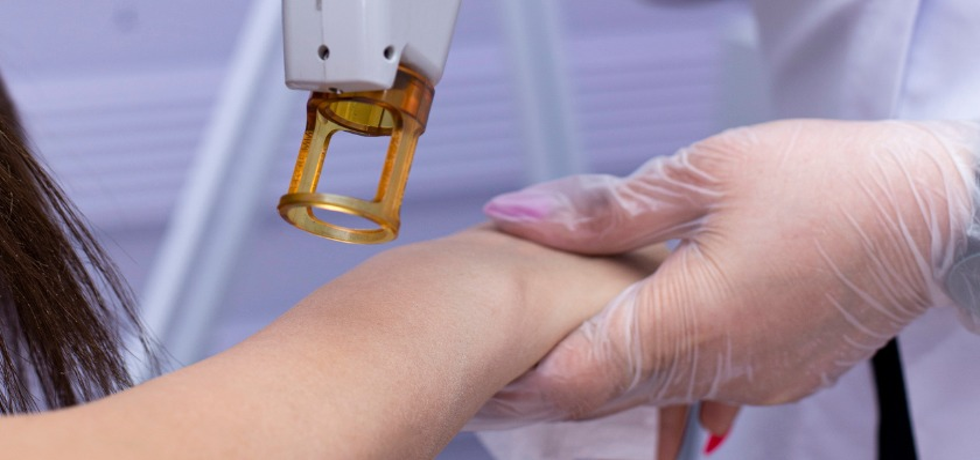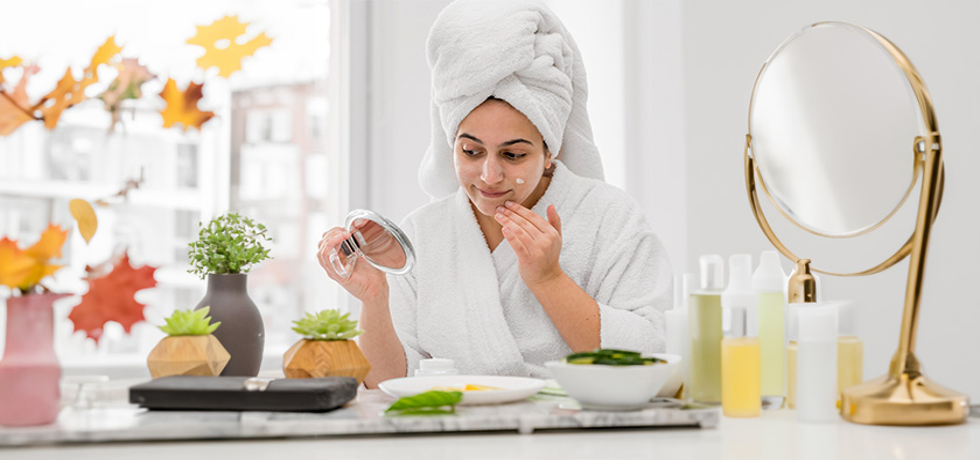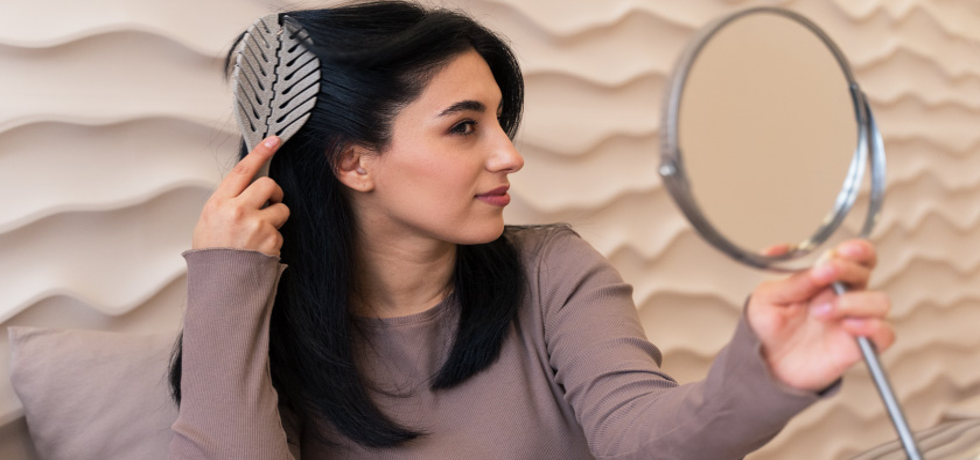
Unveiling the World of Acne Scars
A Journey Through Scarring and Healing
Acne scars can leave an indelible mark on both our skin and self-esteem. While acne is a common skin condition that many of us face during our teenage years or beyond, the scars that can result from it often linger much longer. In this blog, we will delve into the different types of acne scars, explore their causes, and discover effective treatment options available. Our aim at The Skin Artistry is to equip you with the knowledge to conquer acne scars, enabling you to embrace your skin with confidence once more.
Understanding Acne Scars
Acne scars generally fall into two primary categories: atrophic and hypertrophic. Atrophic scars, such as boxcar and ice pick scars, result from a loss of tissue, leading to depressions on the skin’s surface. On the other hand, hypertrophic scars arise from an overproduction of collagen during the healing process, resulting in raised scars. Identifying your specific type of acne scars is crucial in determining the right skincare treatments.
Types of Atrophic Scars
Atrophic scars can be disheartening, often making the skin appear uneven. **Boxcar scars**, which are wider and have well-defined edges, can give your cheeks and temples a pitted appearance. Meanwhile, **ice pick scars** resemble deep puncture marks and can be particularly challenging to treat due to their depth. Lastly, **rolling scars** create a wavy texture on the skin, leading to uneven surfaces. Each type requires a tailored approach to treatment for effective acne scar management.
Exploring Treatment Options
When it comes to treating acne scars, several methodologies are available. **Dermal fillers** are commonly utilized to plump up depressed areas of the skin and diminish the appearance of atrophic scars. Procedures like **micro-needling** stimulate collagen production, promoting healing and improving skin texture. For more severe scars, **laser resurfacing** treatments can effectively remove damaged skin layers while triggering the bodys natural healing process.
Hypertrophic and Keloid Scars
Unlike atrophic scars, hypertrophic scars, particularly **keloid scars**, result in an overproduction of collagen, leading to raised scars that can cause discomfort. While hypertrophic scars usually remain within the boundary of the original acne, keloid scars can extend far beyond it. Treatment options can include **silicone gel sheets**, **corticosteroid injections**, and **laser therapy** to help flatten and improve the texture of these scars.
Post-Inflammatory Hyperpigmentation
Another concern stemming from acne is post-inflammatory hyperpigmentation (PIH). This condition leads to dark patches on the skin due to increased melanin production following inflammation. Particularly prevalent in individuals with darker skin tones, PIH is generally treatable with topical creams, chemical peels, and laser therapy. Prevention through proper skin care and avoiding manipulation of acne lesions is crucial.
Conclusion: Taking the Next Step
While living with acne scars can be challenging, knowledge is power. By familiarizing yourself with the different types of acne scars and available treatments, you can embark on a journey to improve your skin. Remember, professional help plays an essential role in your skincare journey. If youre ready to enhance your skin’s appearance and regain your confidence, its time to connect with a dermatologist.
For professional assistance and expert advice from leading dermatologists like Dr. Hital Patel, experience the benefits of unveiling the world of acne scars with Hair & Skin Specialist Dr. Hital Patel at The Skin Artistry. Our clinics in PDPU Gandhinagar, Vastrapur Ahmedabad and Hyderabad (Visiting Consultant) offer top-quality care and personalized treatments. Visit us today to learn more about our services and take advantage of our special offers! For more insights, updates, or to collaborate, stay connected with The Skin Artistry.










